scannable ids
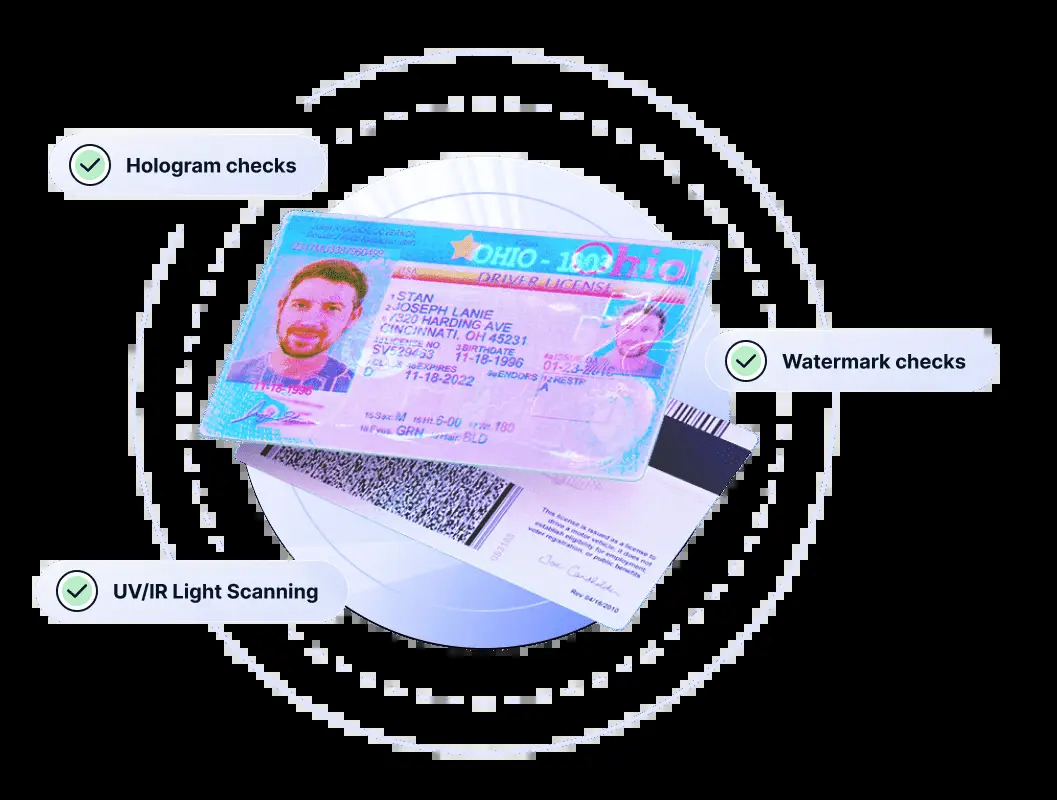
How do fake IDs work? You may be wondering if the ID in front of you is real. Or, you may have a fake ID and want to know how it scans. Below, we will discuss what may happen when a fake ID passes through ID scanning software.
Before answering this question, you first need to understand how ID cards store information. One of the most important features of modern ID cards and driver's licenses is the PDF417 barcode.
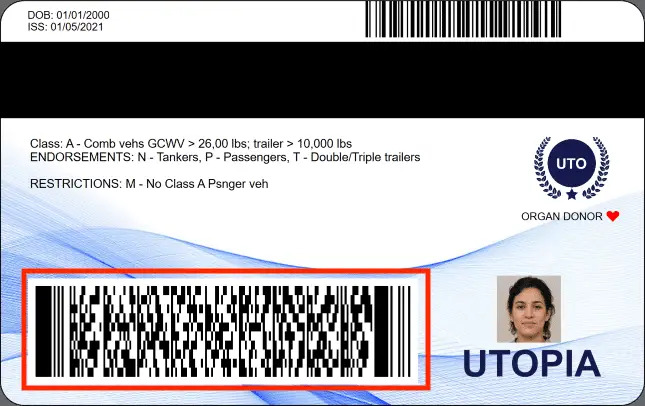
This text contains a lot of information, such as:
name
address
Date of birth (for age verification)
height
weight
etc.
These fields are all classified as personally identifiable information (PII), which is information that can be used to identify a person. The vast majority of ID card scanning solutions and scanning devices use 2D barcodes to verify age and identity.
2D barcodes are also used to parse identity information into software, such as customer relationship management systems (CRM) or point of sale systems (POS), because each field can be uniquely identified.
By scanning the 2D barcode on the back of the ID card, the ID scanning software can instantly read this personally identifiable information (PII) and compare the date of birth with today's date, while checking the ID card's expiration date. This makes the identity verification process fast and efficient, and also reduces the errors that can be caused by manual input.
In addition, many modern devices support real-time data encryption, which further improves the security of personal information. As technology advances, more and more ID card scanning solutions can not only read 2D barcodes, but also perform liveness detection to prevent identity theft.
In commercial environments, this technology is becoming more and more widely used.
For example, in bars and entertainment venues, staff can use scanning devices to quickly verify the age of customers to ensure compliance with consumption regulations.
In financial institutions, customers' identity information can be quickly verified when opening an account or applying for a loan, which improves the efficiency of customer service.
In addition, when collecting and storing this personal identity information, companies must comply with data protection regulations, such as GDPR, to protect user privacy.
Effective data management and protection measures not only help prevent potential data leaks, but also enhance customer trust in the brand.
In general, ID card scanning and QR barcode technology provide new opportunities and challenges for identity authentication. While ensuring efficient service, it is also necessary to continue to pay attention to security risks and compliance.
In the future, as technology advances, personal identity authentication will become more intelligent and may incorporate biometric technology to further enhance security and convenience.
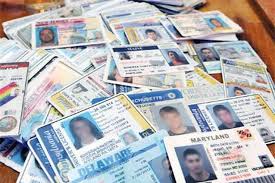 Delaware ID Features
Delaware ID Features
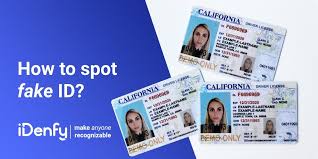 fake ID purchase guide
fake ID purchase guide
 Fake ID Buying Guide
Fake ID Buying Guide
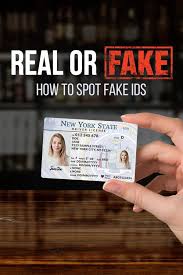 benefits of fake ID
benefits of fake ID